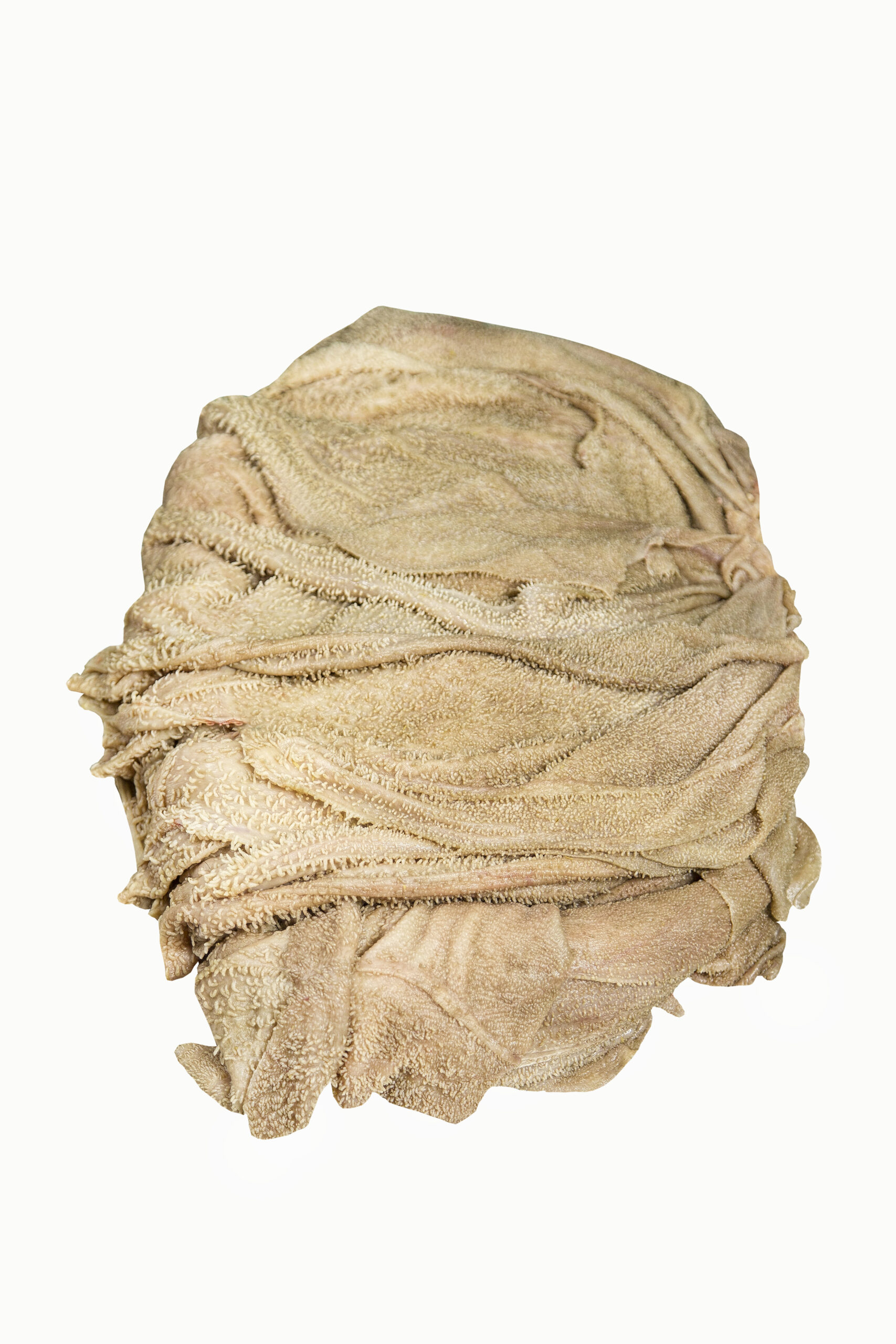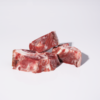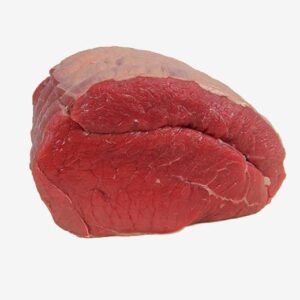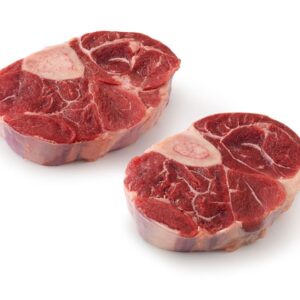FROZEN BEEF OMASUM
Frozen Beef Omasum: An Undervalued Delicacy?
Beef omasum, also known as the bible tripe or book tripe due to its folded, leaf-like structure, is the third stomach compartment of a cow. While it might not be a mainstream cut in Western cuisine, it’s a prized ingredient in many cultures around the world. And increasingly, frozen beef omasum is becoming a more accessible and convenient way to enjoy this unique delicacy.
For those unfamiliar, omasum has a distinctive texture and mild flavor. It’s often describe as having a slightly chewy, yet tender, consistency after proper preparation. The flavour is subtle, allowing it to absorb the flavours of the spices and sauces it’s cooked in, making it a versatile ingredient for a variety of dishes.
Why Frozen Beef Omasum?
The popularity of frozen beef omasum stems from several key factors:
Availability: Fresh omasum can be difficult to find in many regions. Freezing allows for wider distribution and year-round access to this unique cut.
Convenience: Frozen omasum offers ease of use. It can be stored for extended periods and thawed as needed.
Safety: Proper freezing techniques ensure the preservation of quality and safety, minimizing the risk of bacterial growth.
Price: Often, frozen omasum can be more affordable than its fresh counterpart, making it a budget-friendly option for adventurous cooks.
Culinary Uses Around the World
Beef omasum is a staple ingredient in various culinary traditions:
Asian Cuisine: In Chinese cuisine, omasum is frequently stir-fried with vegetables and spices, or braised in flavorful broths. Korean cuisine also features omasum in stews and soups.
Latin American Cuisine: In some Latin American countries, omasum is used in hearty stews and soups like “mondongo.”
European Cuisine: While less common, certain European countries also incorporate omasum into traditional dishes.
Preparing Frozen Beef Omasum
The key to enjoying frozen beef omasum lies in proper preparation. Here’s a general outline:
Thawing: Thaw the omasum in the refrigerator overnight or using the cold water method.
Cleaning: Rinse the omasum thoroughly under cold water. The folded structure can trap debris, so be sure to clean it well.
Boiling: Boil the omasum in water for a period of time (typically 1-2 hours) to tenderize it. You can add aromatics like ginger, garlic, and onions to the boiling water to infuse it with flavour.
Cutting or Slicing: Once tender, slice the omasum according to your recipe.
Is Beef Omasum Right for You?
However. If you’re an adventurous eater looking to expand your culinary horizons, frozen beef omasum offers a unique and affordable option. Its subtle flavour and interesting texture make it a blank canvas for a variety of flavour profiles. While the cleaning and preparation process require some effort, the delicious and culturally rich dishes you can create are well worth it.
So, next time you’re looking for something different, consider reaching for frozen beef omasum. You might just discover your new favourite ingredient.
Be the first to review “FROZEN BEEF OMASUM” Cancel reply
Related products
Frozen Beef
Frozen Beef
Frozen Beef
Frozen Beef
Frozen Beef
Frozen Beef
Frozen Beef
Frozen Beef












Reviews
There are no reviews yet.